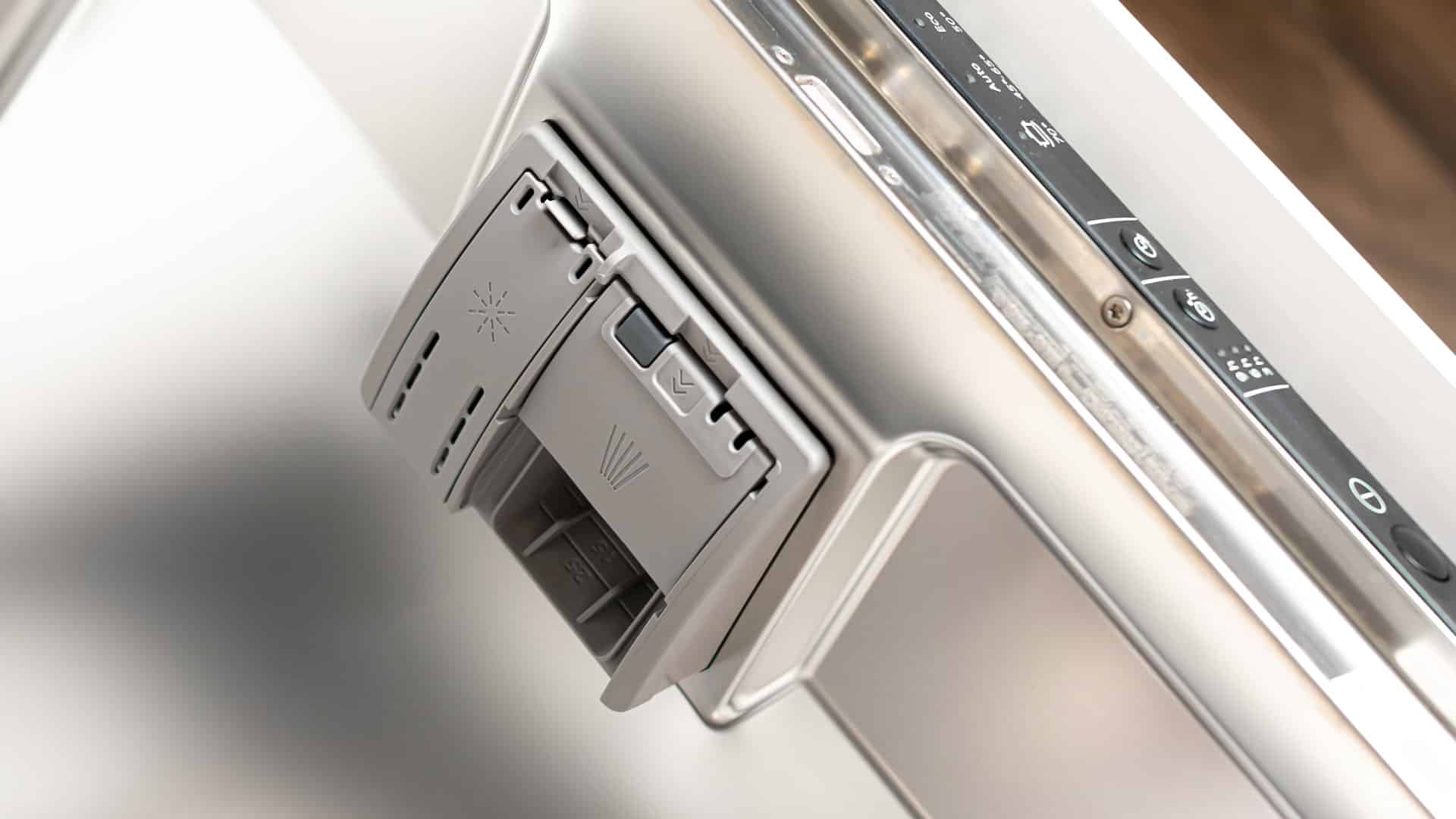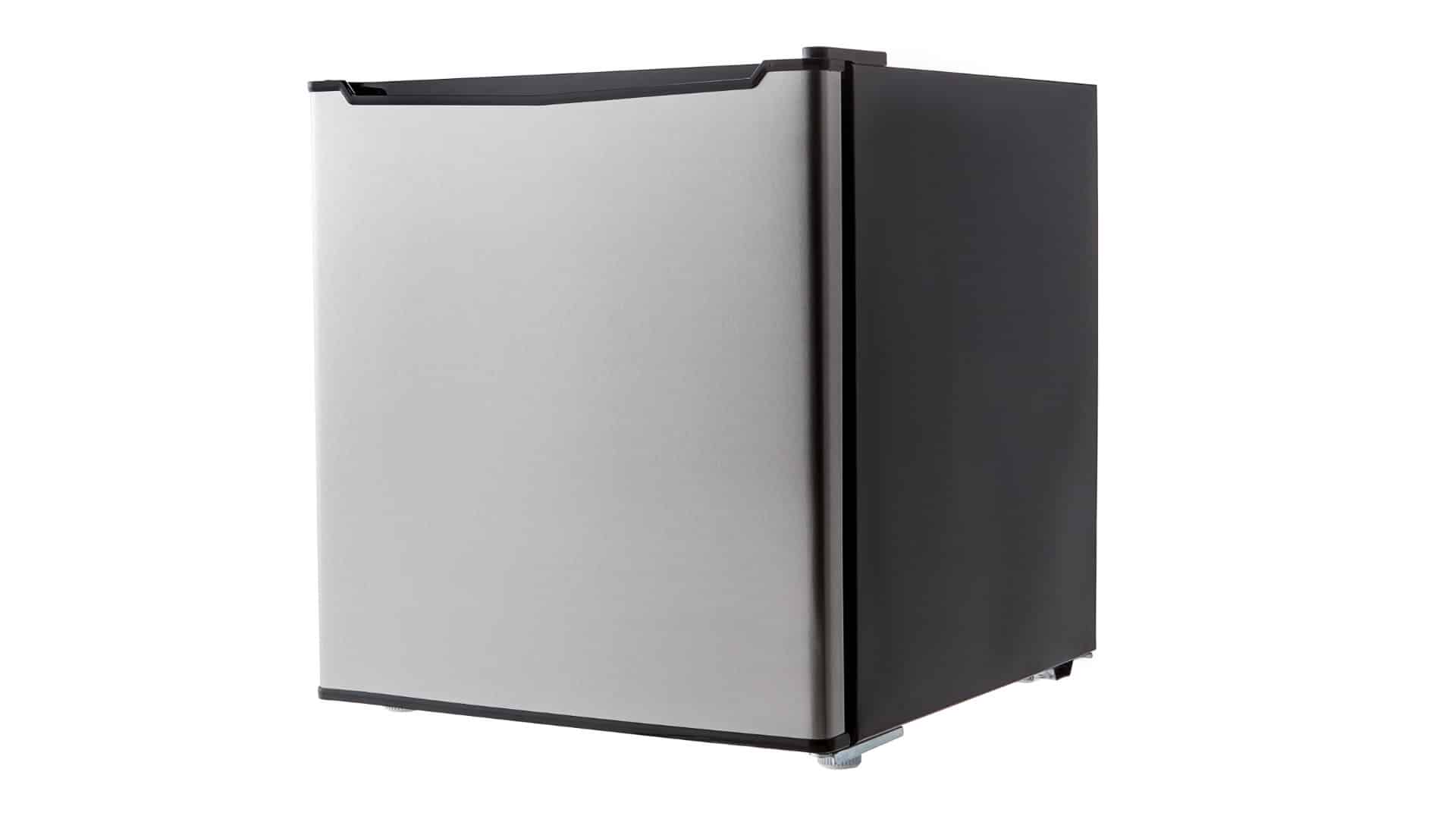
A mini fridge is a compact, super convenient appliance, but it can be frustrating if it’s not doing its job properly. If your mini fridge isn’t keeping your food cool, don’t replace it or call in a technician just yet. There are plenty of fixes a determined DIYer can do that will get it working perfectly in no time. Read on to find out the most common problems and solutions.
Check the temperature settings
This might seem obvious, but you need to look at whether the thermostat is set too high or not functioning correctly. Sometimes you might bump the thermostat accidentally, which can set the mini-fridge to a higher temperature than you wanted. The correct temperature for a fridge is 37 degrees Fahrenheit, so make sure your thermostat is always set at that temperature.
Sometimes your thermostat may appear to be set correctly, but the thermostat itself is malfunctioning. There are a couple of ways to test this—first, gently turn the thermostat while listening for a click. If you can’t hear a click, it means that the sensor is not working and it will need to be replaced.
You can also test the thermostat by placing an external thermometer in the mini fridge and testing it to see what the actual temperature is. If it doesn’t match the temperature of the thermostat, then your thermostat is faulty. This is usually a fairly easy fix—you can purchase a new part online and install it according to your manufacturer’s instructions.
Make sure it isn’t overloaded
Placing too many items in the fridge or blocking the airflow can reduce its cooling efficiency by blocking vents. Mini fridges can be particularly prone to this, as the small space inside means it can be very easy to overload them. If you find you are frequently overloading your mini fridge, it might be time to consider making the upgrade to a full-sized refrigerator!
Clean the condenser coils
Whether you have a mini fridge or a regular fridge, the condenser coils need to be regularly cleaned to ensure optimum cooling efficiency.
Dust and debris can accumulate on the condenser coils, forcing the fridge to work harder to maintain its temperature. Ideally, they should be cleaned at least yearly to keep your fridge running smoothly—although not many people actually do this.
In order to clean your mini-fridge’s condenser coils:
- Unplug the fridge.
- Locate the condenser coils (usually at the back or bottom).
- Remove any protective covers or grills.
- Vacuum the coils gently with a brush attachment.
- Use a soft brush or cloth for stubborn debris.
- Clean the area around the coils.
- Inspect the coils for damage.
- Reassemble the mini fridge.
- Plug the fridge back in and check how it’s working.
If the coils were dirty, once they are cleaned you should see a marked improvement in how well your mini fridge keeps your items cool.
Check the door seals
If the door seals are damaged, cool air can escape and warm air can enter, making it difficult for the fridge to maintain the desired temperature. In order to check the door seals on your mini-fridge:
- Inspect them for visible damage like cracks or tears.
- Clean seals with a damp cloth. Dirt or oil can prevent them from sealing properly.
- Check for gaps or looseness. The seals should be tight enough that a piece of paper stays in place when the door is closed.
If you find the seals are damaged or loose, they will need replacing. You can order replacement seals from the manufacturer of your mini fridge.
Check the ventilation
If you keep your mini-fridge in an area with insufficient airflow, it may struggle to cool properly. Make sure there is adequate space around the fridge for ventilation—there should be a gap on each side, and it shouldn’t be placed up against anything.
Check the power situation
Ensure the fridge is plugged into a working power outlet and the circuit is not overloaded or having any issues. It is common in a dorm situation for a mini fridge to have to share the same outlet with a number of appliances, but this can sometimes mean your mini fridge won’t run correctly.
Check that your outlet is working properly and that it’s not exceeding the recommended voltage use. If it is, you might need to disconnect some other appliances or move your mini fridge to another outlet.
Look at the ambient temperature:
If the room temperature is too high, the fridge might struggle to maintain the proper cooling levels. Make sure the room you keep your mini fridge in is well ventilated if you’re not able to use air conditioning.
Sometimes which part of the room you keep your mini fridge in can make a difference too. If it is located next to the oven, for example, it could be struggling to maintain its cool temperature thanks to the heat from the cooking process. See if there is another space in the room you can move the mini fridge to.
Consider the age of your mini fridge
Older mini fridges may experience a decline in performance over time. If none of the above issues seem to be the cause of the problem, it might be time to consider a replacement.
The lifespan of a mini fridge can vary depending on factors such as brand, quality, usage, and maintenance. On average, mini fridges can last anywhere from five to ten years, or even longer if you maintain them well. If your fridge is older than ten years and isn’t cooling properly, it might be time to say goodbye and purchase a replacement fridge.
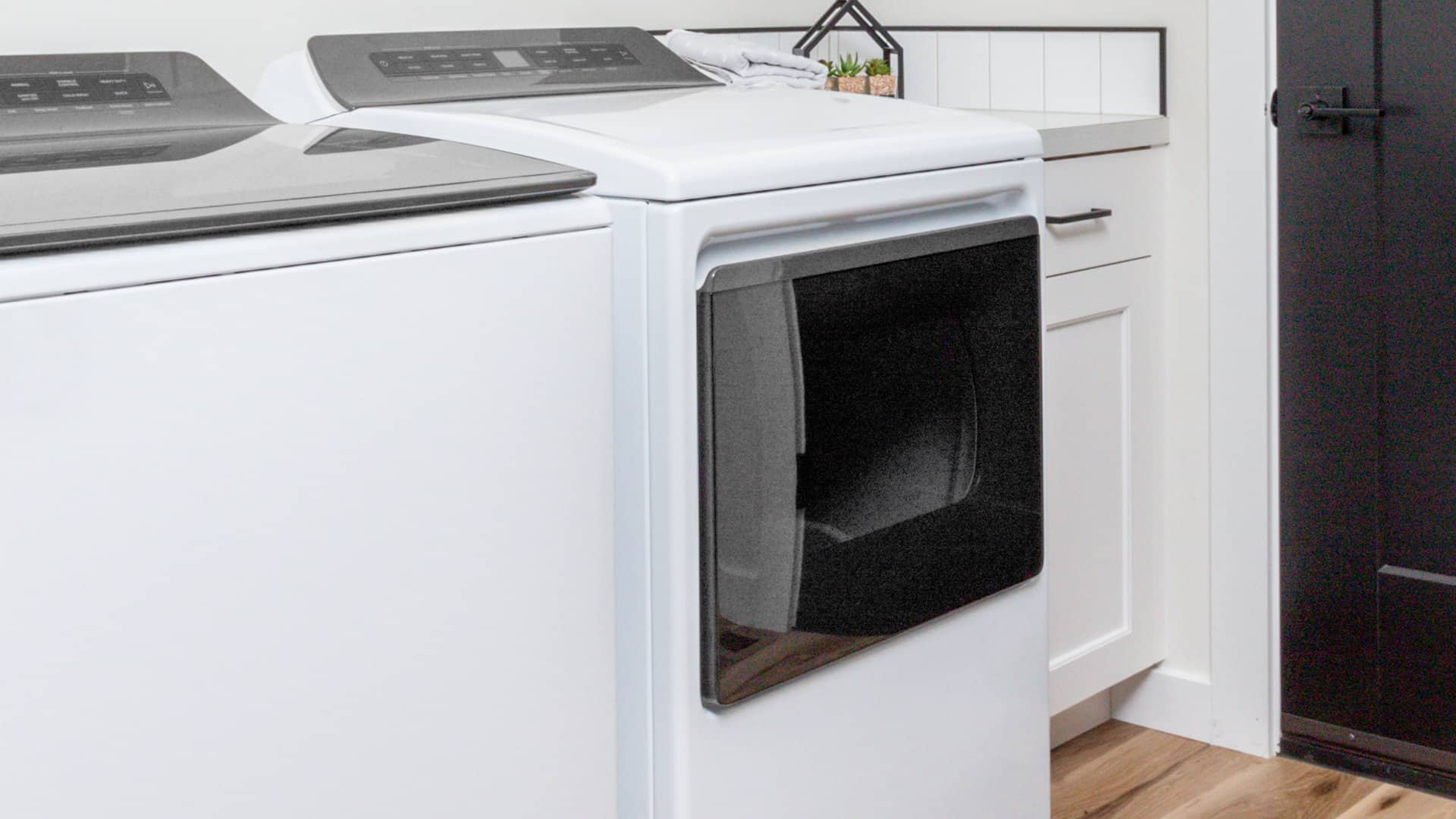
How To Fix a Whirlpool Washer F20 Error Code
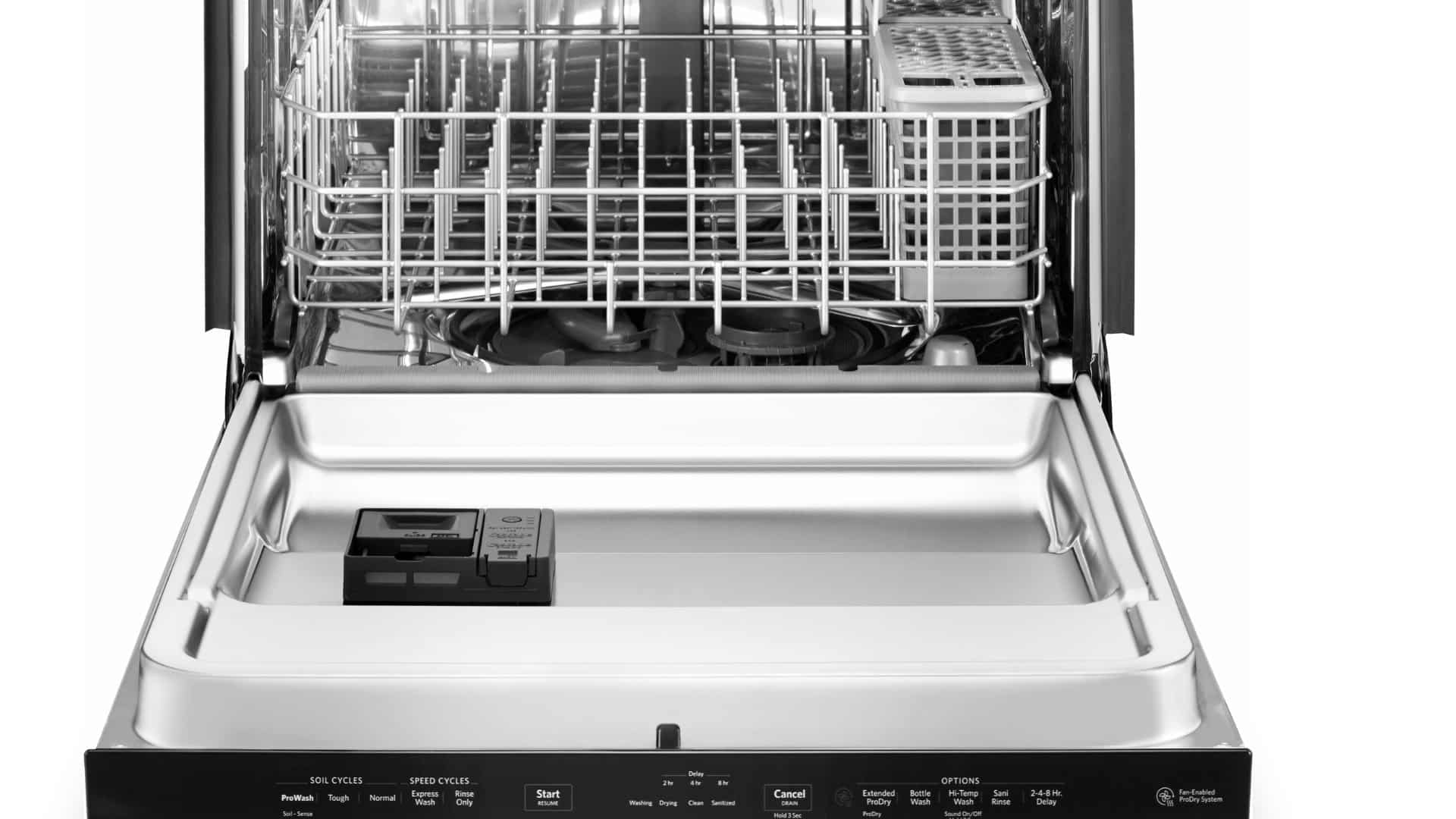
How to Fix a Dishwasher Not Getting Water: The Ultimate Guide
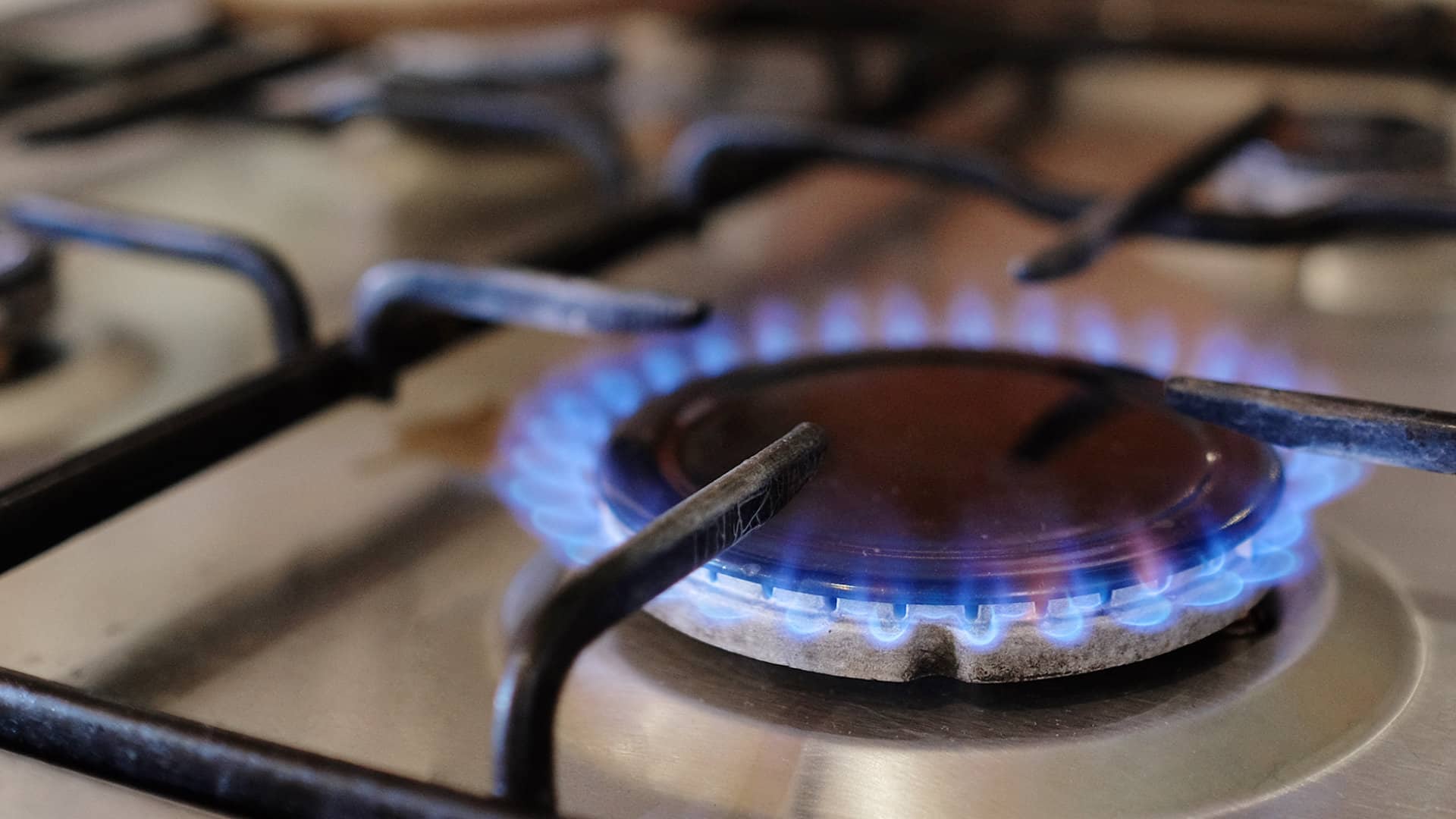
How to Solve the Frigidaire Stove F10 Error Code
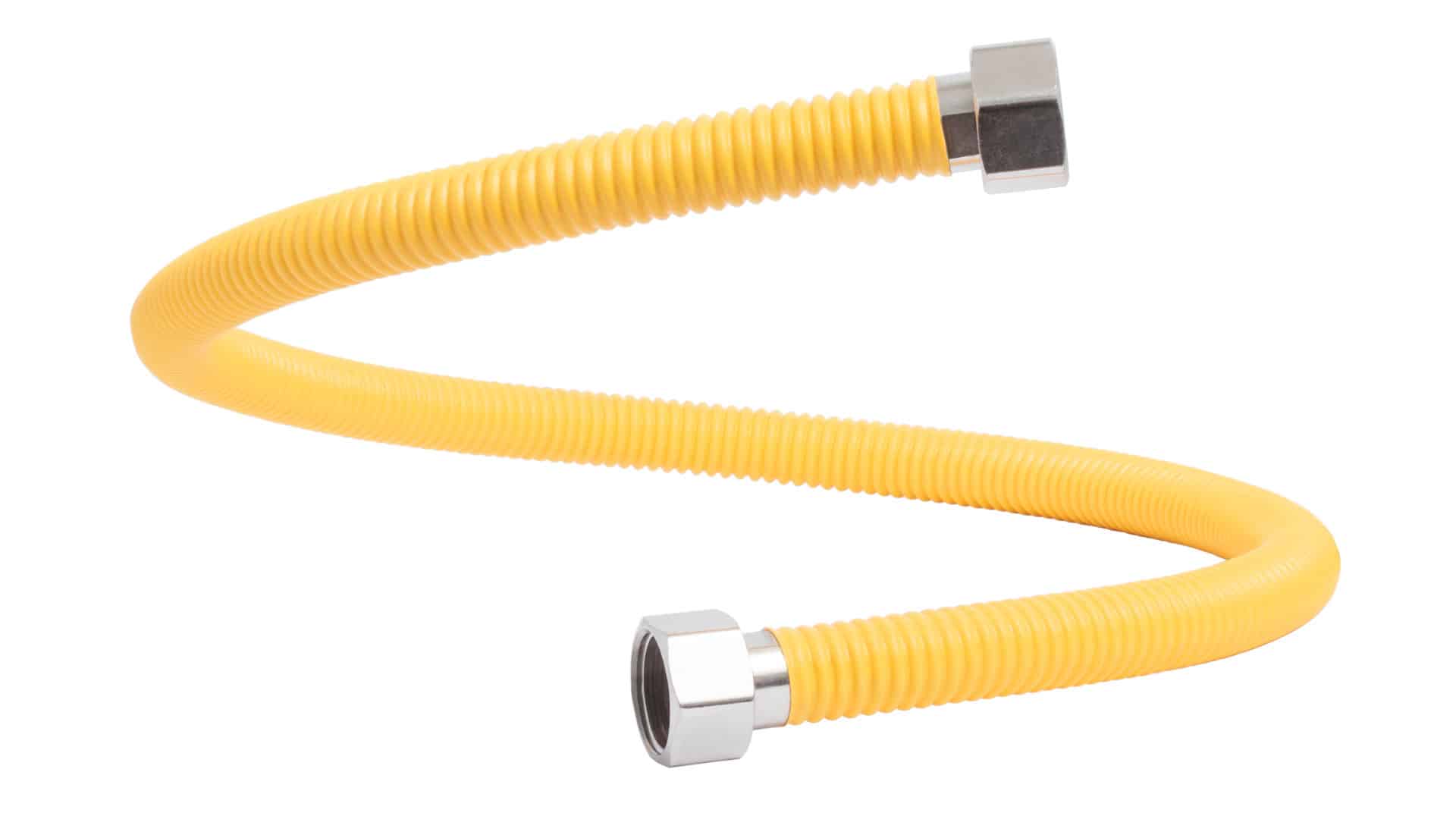
How to Hook up a Gas Dryer
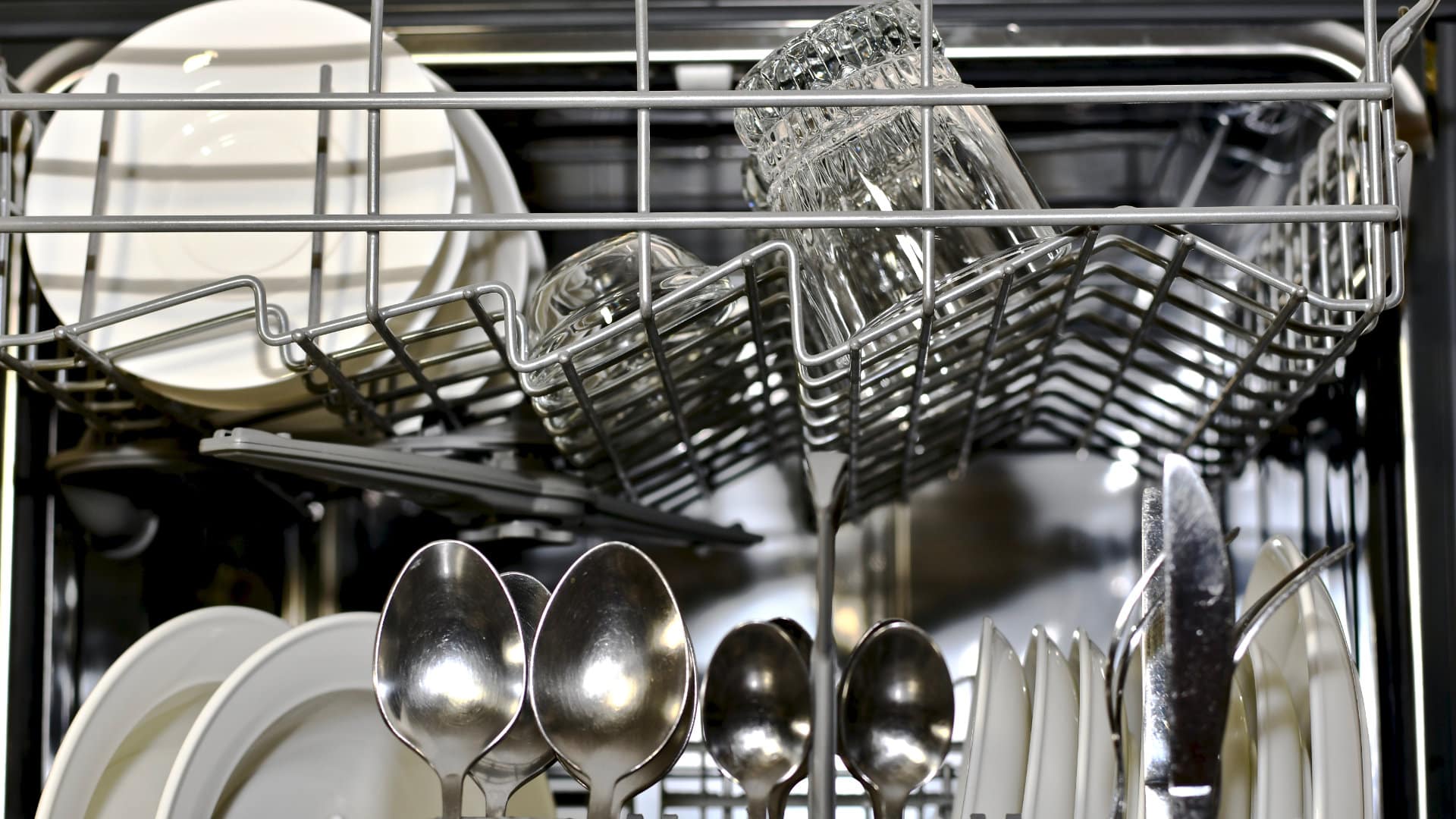
Dishwasher Not Cleaning Top Rack? How to Fix It
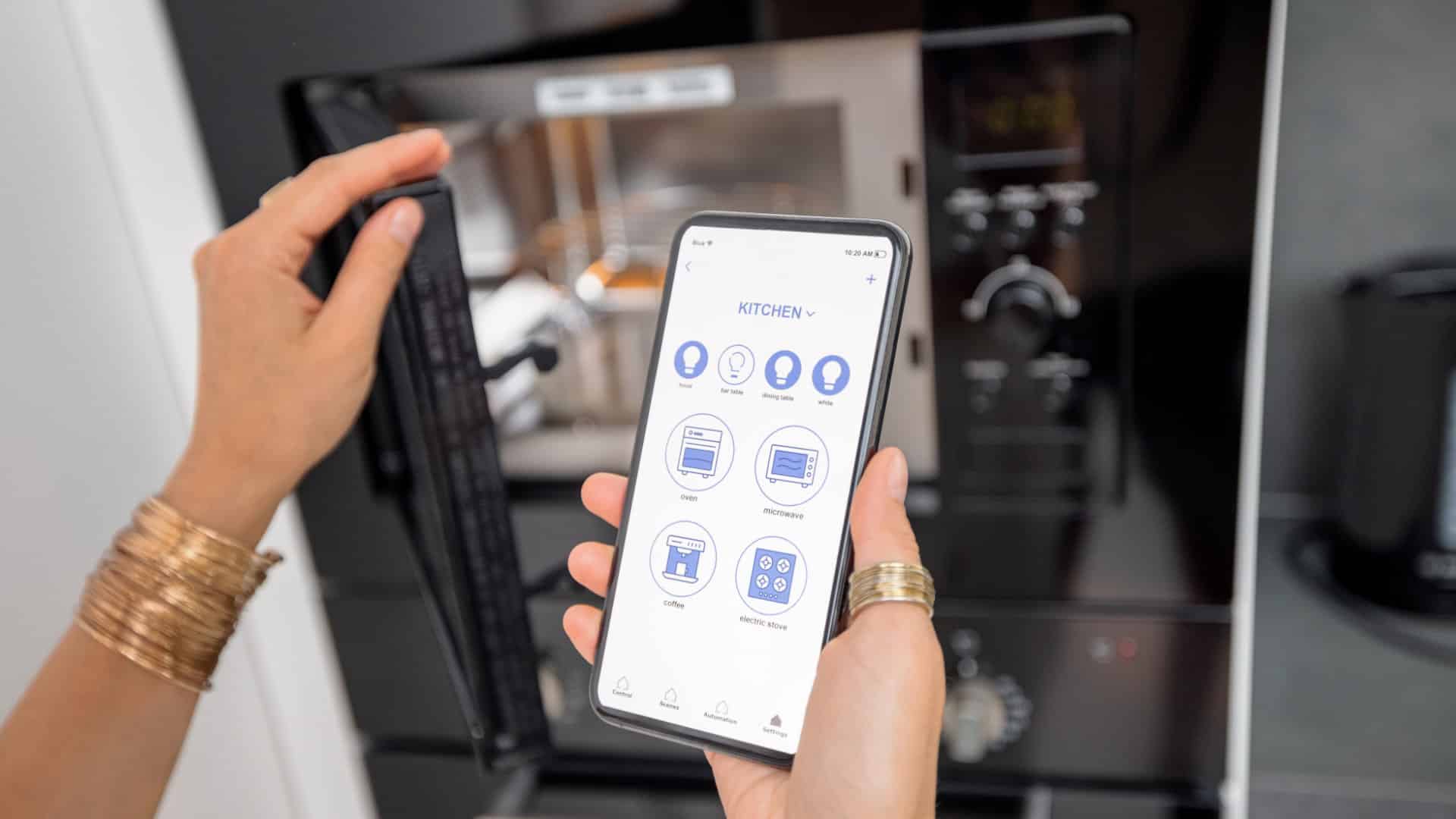
Why Your Microwave Is Making Weird Noises
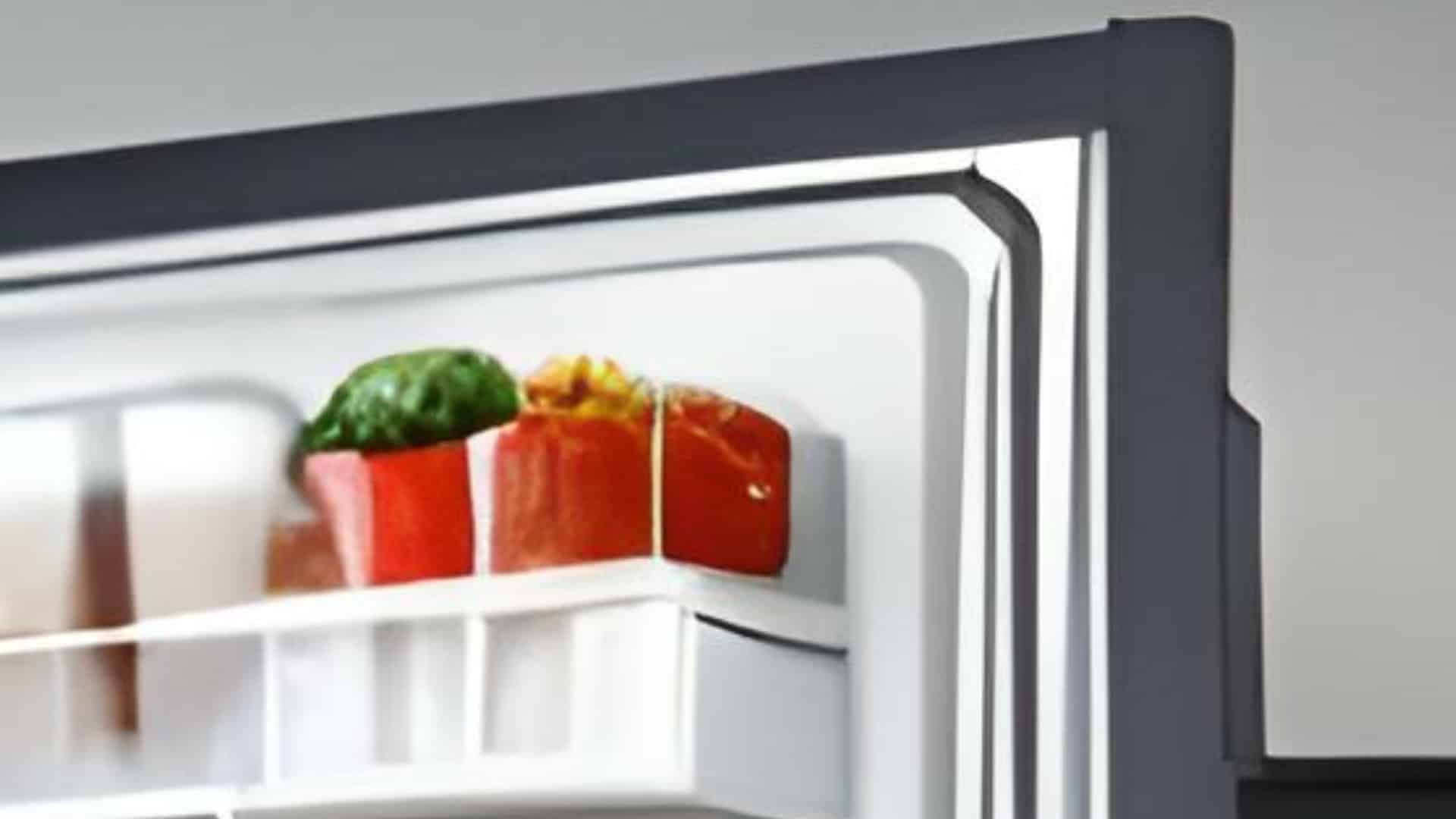
How to Replace a Refrigerator Door Seal
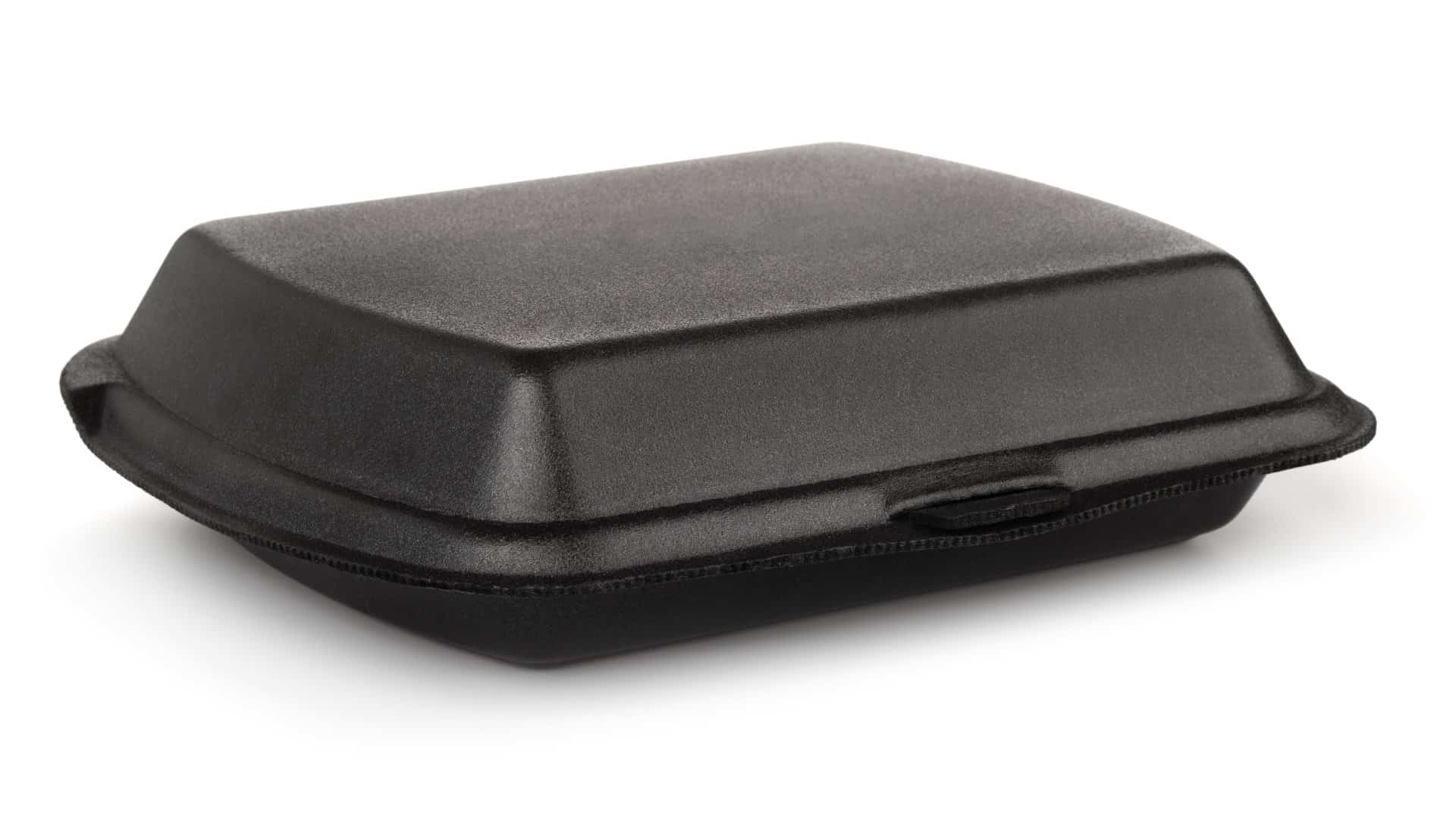
Can You Put Styrofoam in the Microwave?
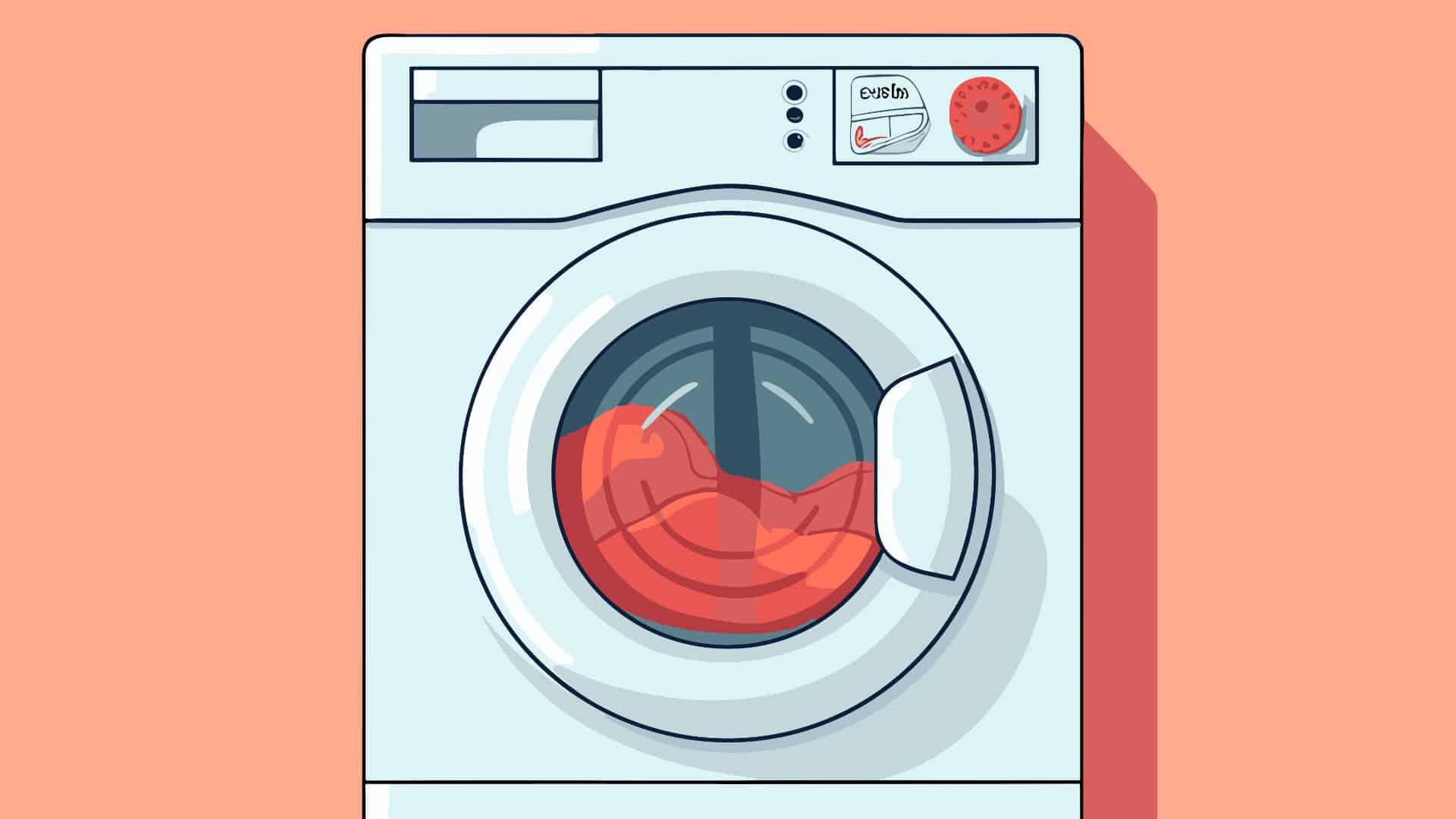
How to Resolve Whirlpool Washer E1/F9 Error Codes
